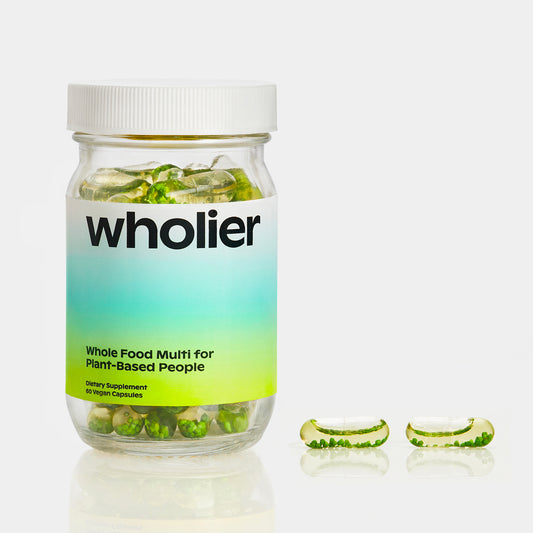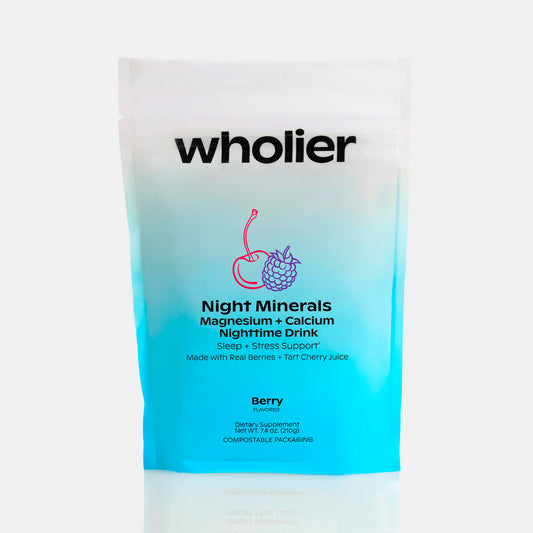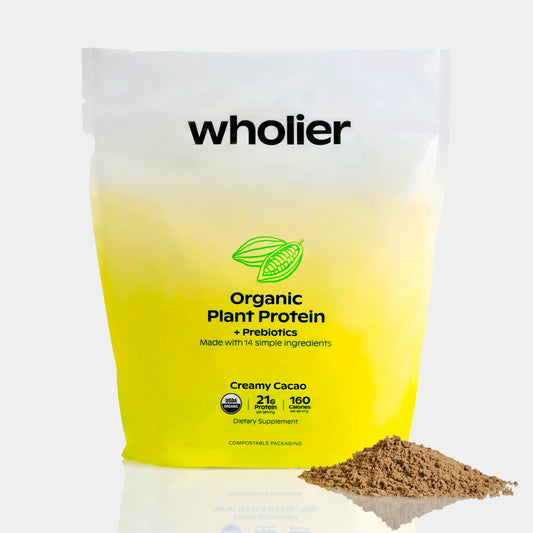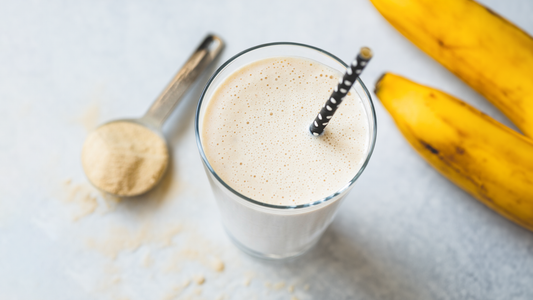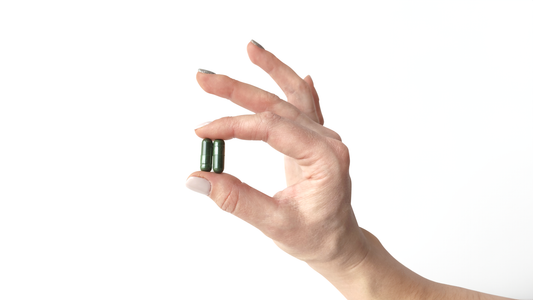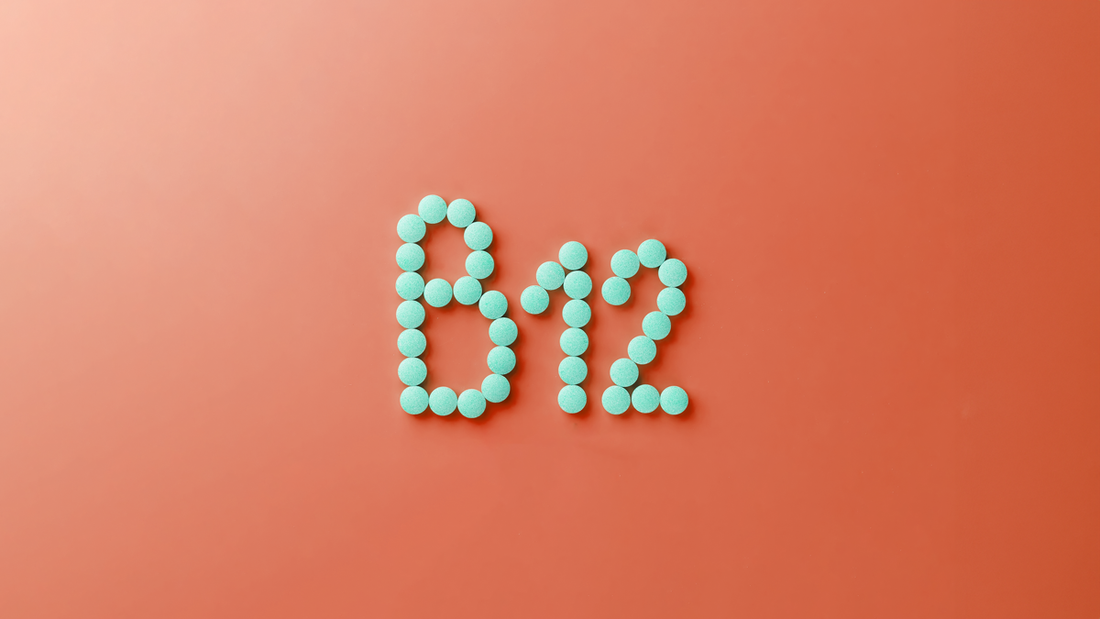
Understanding Methylcobalamin: A Crucial Form of Vitamin B12
Vitamins are a vital part of our nutrition and general well-being. Among these, vitamin B12 holds a unique place due to its complex nature and essential role in various bodily functions. In particular, one form of vitamin B12, known as methylcobalamin, is of significant interest.
What is Vitamin B12?
Vitamin B12 is a water-soluble vitamin that plays a vital role in the normal functioning of the brain and nervous system, and the formation of red blood cells(1). It is also involved in the metabolism of every cell of the human body, particularly affecting DNA synthesis and regulation(2). However, it's important to note that vitamin B12 is not a single substance, but a class of chemically related compounds, all of which show physiological activity. These compounds are collectively called cobalamins(3).
What are the Different Forms of Vitamin B12?
The cobalamins are a group of compounds that can be classified into four main types, each with a different molecule attached to the central cobalamin structure: cyanocobalamin, hydroxocobalamin, adenosylcobalamin, and methylcobalamin(4).
Cyanocobalamin is the most commonly known form of vitamin B12. It is often used in supplements and fortified foods because of its stability(5). However, it's not active in human metabolism until it's converted into one of the two coenzyme forms: methylcobalamin or adenosylcobalamin(6).
Hydroxocobalamin is produced by bacteria and can be converted into either of the active coenzyme forms. It's often used in B12 injections to treat B12 deficiency(7).
Adenosylcobalamin is one of the two forms of B12 that are active in human metabolism. It's crucial for energy metabolism and is found naturally in the human body and food sources, although not typically in supplements(8).
Methylcobalamin is the other active form of B12 in human metabolism. It's essential for nerve function and the production of red blood cells. It's found naturally in the body and in certain food sources, and is also used in dietary supplements(9).
How Does Methylcobalamin Differ from Cyanocobalamin?
While both forms of vitamin B12 are used to prevent and treat B12 deficiency, they have some key differences. Cyanocobalamin must be converted into methylcobalamin in the body before it can be used. In contrast, methylcobalamin is already in a bioavailable form, meaning the body can use it as is, without needing to convert it(10). Some studies suggest that methylcobalamin is more efficiently used and retained in the body compared to cyanocobalamin(11). Therefore, methylcobalamin may be a better choice for those looking to optimize their B12 status.
Why is Methylcobalamin Preferred?
Methylcobalamin is often recommended over other forms of B12 for several reasons. First, it's ready for the body to use, potentially leading to greater absorption and effectiveness. Second, it plays a crucial role in methylation, a process involved in the regulation of various bodily functions, including DNA synthesis and repair, and immune function(12). It's also critical for maintaining the health of the nervous system(13).
Therefore, considering its immediate bioavailability and significant role in crucial physiological processes, methylcobalamin is frequently seen as a superior form of vitamin B12.
Sources:
(1) Office of Dietary Supplements - Vitamin B12
(2) R. Carmel, "Current concepts in cobalamin deficiency," Annual Review of Medicine, vol. 53, no. 1, pp. 357-375, 2002.
(3) P. Scalabrino and D. Peracchi, "New insights into the pathophysiology of cobalamin deficiency," Trends in Molecular Medicine, vol. 11, no. 7, pp. 322-328, 2005.
(4) P. Manzanares and M. Hardy, "Cobalamin in Cyanocobalamin: A DFT Study," J. Phys. Chem., vol. 122, no. 49, pp. 261-267, 2018.
(5) S. Rajan, P. Wallace, M. Beresford, J. Schoser, G. Thomas, "Effective treatment of cobalamin deficiency with oral cobalamin," Blood, vol. 92, no. 4, pp. 1191-1198, 1998.
(6) Institute of Medicine (US) Standing Committee on the Scientific Evaluation of Dietary Reference Intakes, Dietary Reference Intakes for Thiamin, Riboflavin, Niacin, Vitamin B6, Folate, Vitamin B12, Pantothenic Acid, Biotin, and Choline, National Academies Press (US), 1998.
(7) P. Carmel, "How I treat cobalamin (vitamin B12) deficiency," Blood, vol. 112, no. 6, pp. 2214-2221, 2008.
(8) M. Hooper, P. Hudson, A. Porter, C. McCaddon, "Patient journey diagnostic and treatment pathways followed by patients with a diagnosis of vitamin B12 deficiency," BMJ Open, vol. 6, no. 8, 2016.
(9) A. Minot, G. Murphy, "Treatment of pernicious anemia by a special diet," JAMA, vol. 87, no. 6, pp. 470-476, 1926.
(10) D. Hvas, E. Nexo, "Diagnosis and treatment of vitamin B12 deficiency--an update," Haematologica, vol. 91, no. 11, pp. 1506-1512, 2006.
(11) J. Okuda, K. Fujiwara, T. Yashima, K. Tachikawa, "Conversion of cyanocobalamin to other vitamin B12 compounds in the body," American Journal of Clinical Nutrition, vol. 24, no. 5, pp. 670-678, 1971.
(12) P. Ueland, H. Refsum, S. Stabler, M. Malinow, R. Andersson, A. Allen, "Total homocysteine in plasma or serum: methods and clinical applications," Clinical Chemistry, vol. 39, no. 9, pp. 1764-1779, 1993.
(13) J. Parnetti, C. Gaiti, A. Polidori, R. Brunetti, "Cobalamin and normal aging: is there a relationship?," Drugs Aging, vol. 9, no. 5, pp. 352-358, 1996.

